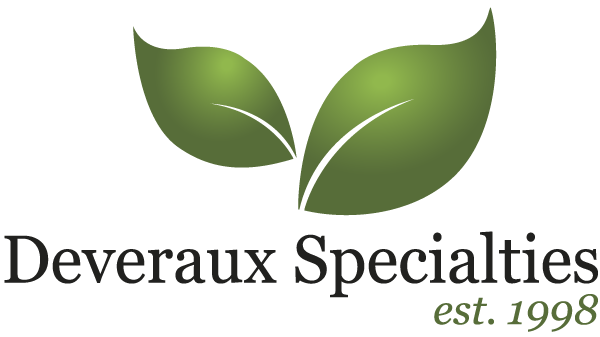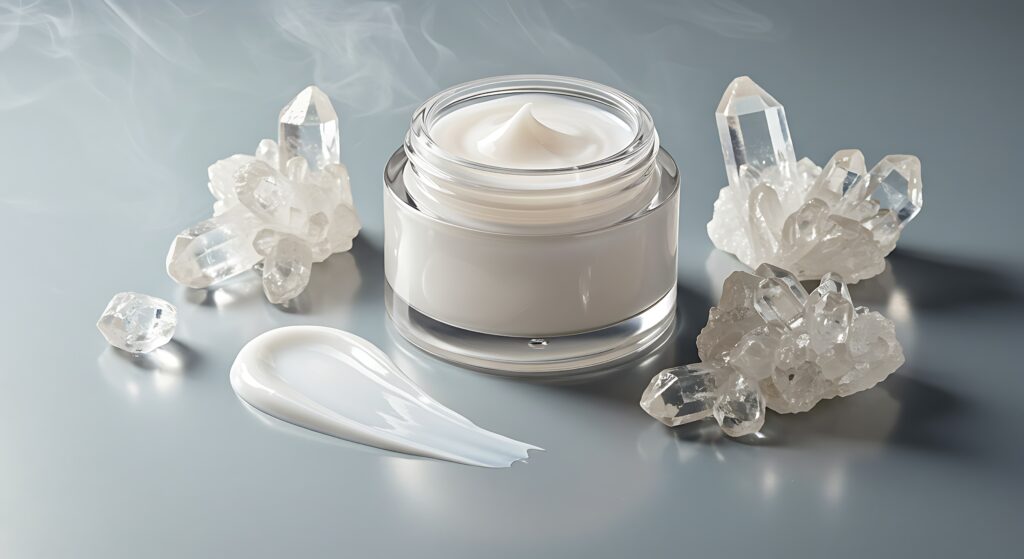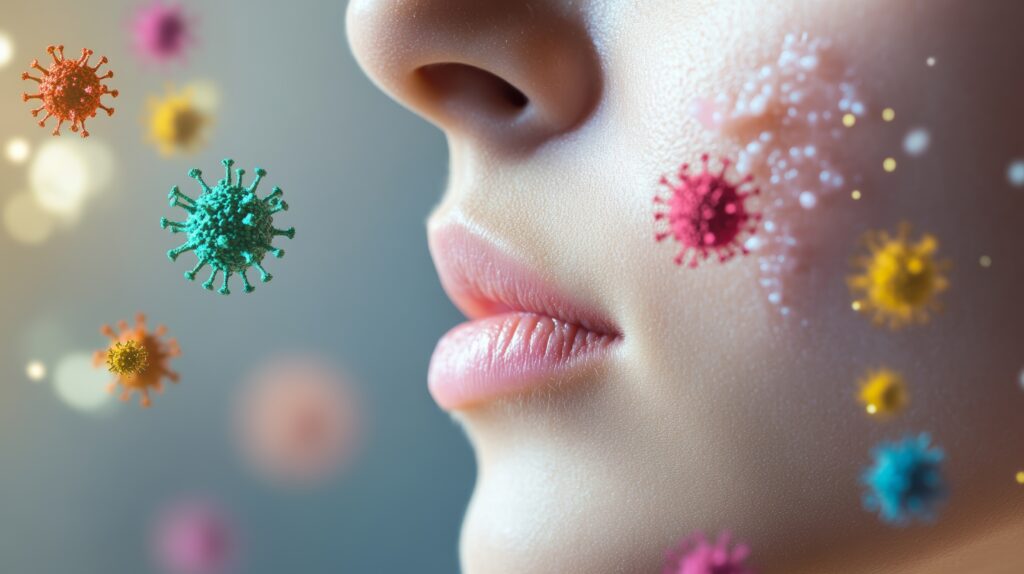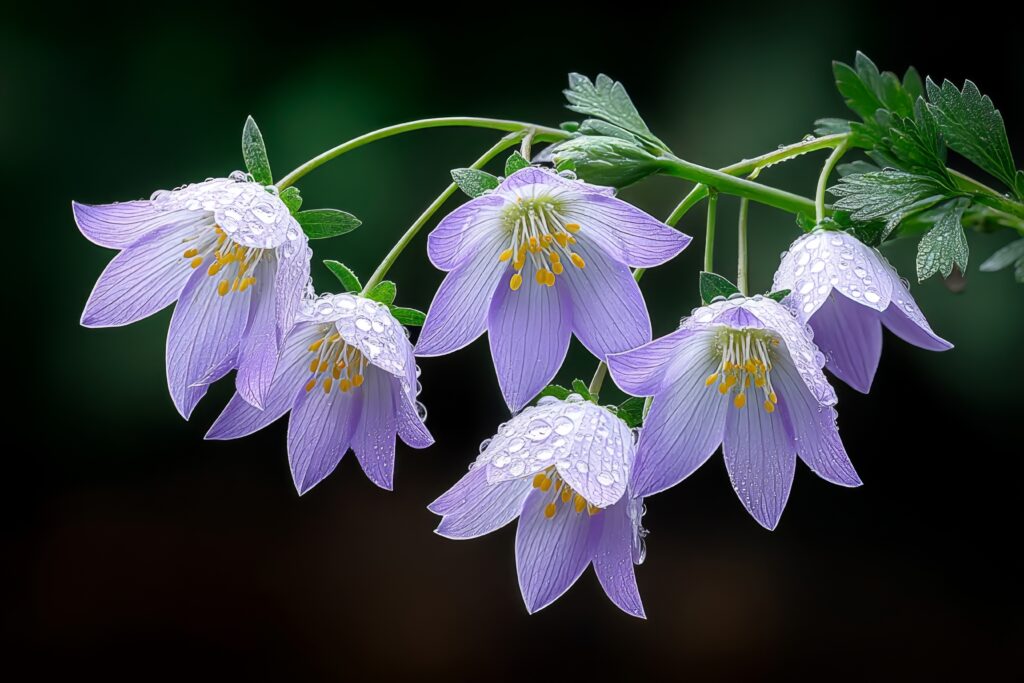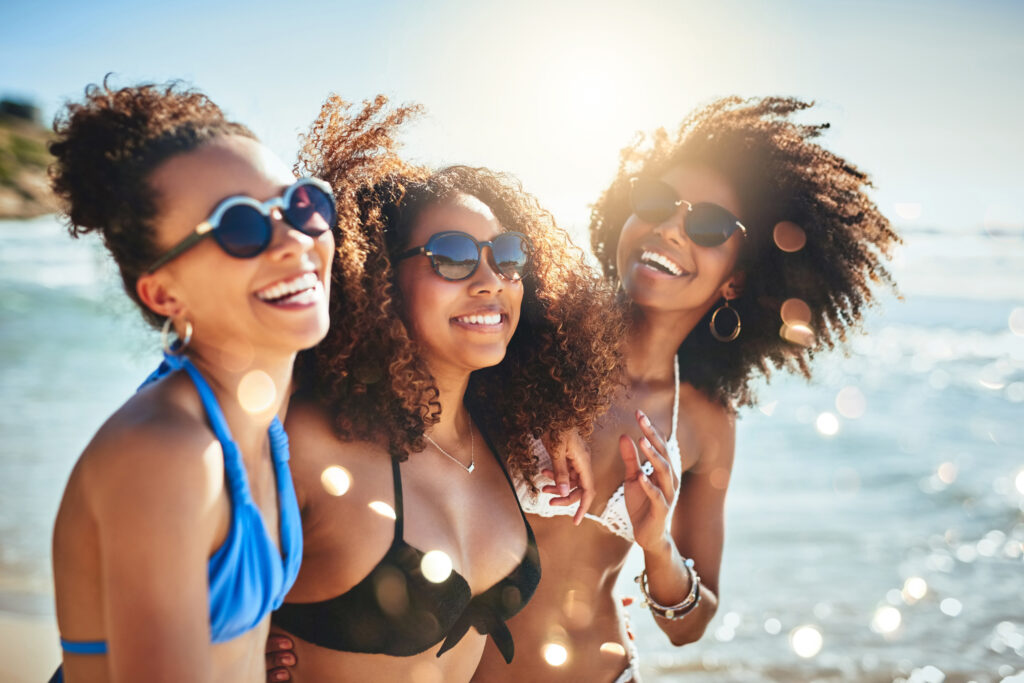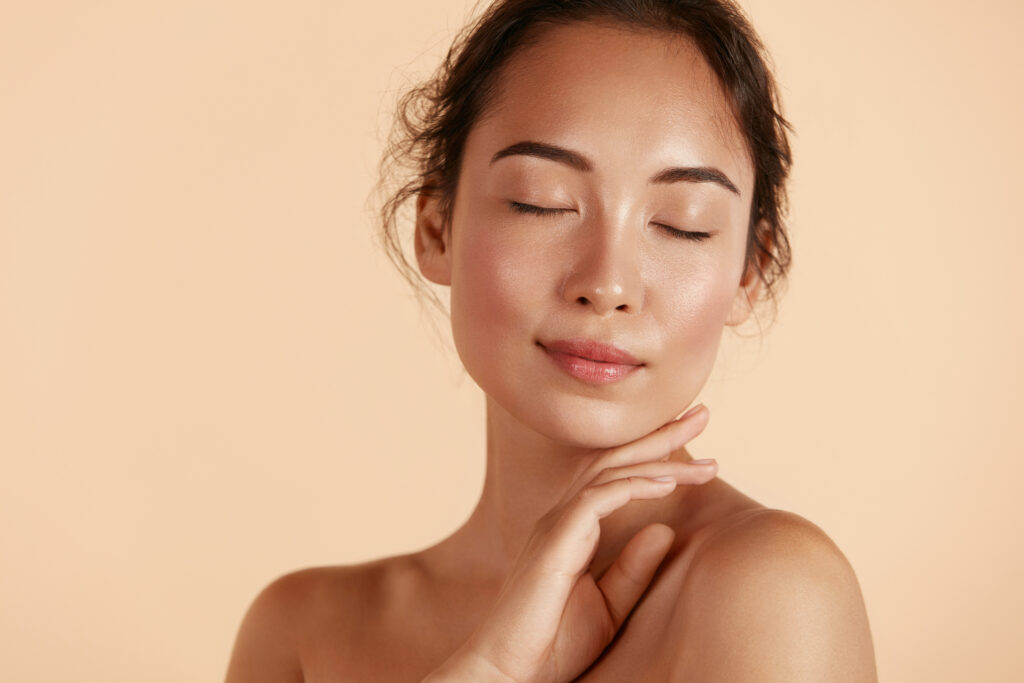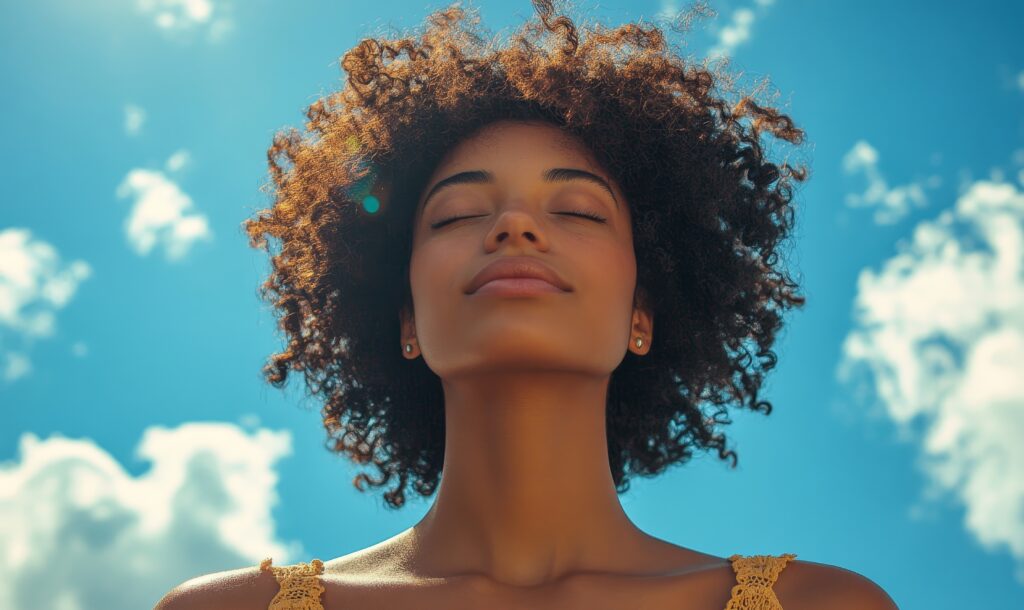The “Holiday Skin” Effect, Explained
After a week away, skin often looks smoother, more even, and quietly radiant. That isn’t wishful thinking. Time outdoors, steadier sleep, and a break from daily stress can reduce inflammatory pressure and help the barrier behave more predictably. Once normal routines resume, however, the glow is usually the first to fade. Office air—heated or aggressively air-conditioned—lowers ambient humidity and accelerates transepidermal water loss (TEWL). The daily mix of urban pollution and high-energy visible light (blue light) reintroduces oxidative stress and can disturb keratinocyte behavior. Irregular schedules also scramble circadian signals that coordinate repair. Together these forces push the surface optics toward dullness and the feel toward roughness—despite otherwise “good” basics like cleansing and sunscreen.
For formulators, the question is practical: how do you preserve that rested look under real-world conditions without heavy builds, fragile textures, or preservation strain? The most reliable path is to focus on five levers that map directly to what goes wrong on Monday mornings: post-sun barrier reinforcement, deeper hydration reservoirs, rapid but controlled surface renewal, skin-tone evenness, and circadian-aligned support for night repair. Each lever has well-characterized actives and measured endpoints—hydration kinetics, desquamation quality, colorimetry for evenness, or instrumented wrinkle metrics—that let you design for outcomes rather than aesthetics alone.
The Monday Problem: Dry Air, Blue Light, and Barrier Drift
When the workweek resumes, skin faces a very different operating environment than it did on vacation. Humidity drops indoors, oxidative load changes with screen and city exposure, and sleep patterns compress. Before we discuss solutions, it helps to isolate the specific stressors that consistently erode hydration, renewal quality, and surface optics—and the measurable endpoints you can use to track them.
Environmental dryness and TEWL. Low humidity environments drive water loss and trigger compensatory epidermal responses that can still leave the stratum corneum under-hydrated and optically rough. In office settings, sustained TEWL often correlates with tactile dryness and a loss of the smooth light-scattering that makes skin look “fresh.” Designing for humectant depth and NMF dynamics—rather than surface slip—becomes essential.
Blue light, pollution, and oxidative drift. Even with solid UV coverage, indoor blue-light exposure and urban pollutants contribute to reactive oxygen species (ROS) formation and can modify proteins central to barrier integrity. In keratinocytes, blue light has been shown to inhibit proliferation and induce ROS; in population studies, pollution exposure is associated with higher TEWL. A credible radiance strategy therefore includes protein protection and antioxidant support tuned for day-to-day use—without creating instability elsewhere in the base.
Circadian misalignment. Skin’s repair programs are time-structured; disruption can dampen DNA repair efficiency and immune readiness. Routines that support circadian balance can translate into better recovery from incidental UV exposure and daily stress. From a formulation standpoint, that points to actives with evidence on clock gene harmony and post-UV immune effects—and textures that are comfortable enough for consistent nightly use.
Renewal quality and tone uniformity. The “holiday look” depends heavily on controlled desquamation and color uniformity. If renewal is sluggish or uneven, the surface scatters light poorly; if subclinical inflammation persists, tone looks patchy. An evidence-based approach uses microbiome-smart renewal support and actives with documented improvements in evenness and first-impression metrics—delivered at doses that don’t strain rheology or preservation.
Inside CLR’s Playbook: Actives That Hold Up Under Real-World Stress
From Claims to Buildable Systems
➡ Hydration under low humidity. In dry office air, water is pulled outward along the gradient; traditional humectant spikes can feel sticky without achieving durable improvements. MultiMoist CLR™ offers a mechanistic path (VDR-linked) that has been associated with shifts in NMF dynamics and improved moisturization endpoints—giving formulators a lever that remains effective as ambient humidity drops. This pairs well with lightweight film-formers and modest occlusive support for mobile day creams and serum-gels.
➡ Barrier integrity and protein protection. Oxidative modification of structural proteins degrades barrier mechanics and tactile quality. CefiraProtect CLR™ documentation emphasizes protein protection and barrier improvements alongside reductions in “hidden” inflammation markers. In practice, this supports a post-sun or city-day routine aimed at maintaining firmness and elasticity without occlusive heaviness—particularly useful in multifunctional day sticks or fluid O/W emulsions.
➡ Tone uniformity, fast visual readouts. Visible evenness can be measured instrumentally (colorimetry), but consumer perception within seconds is commercially decisive. CutiGuard CLR™’s first-impression work is notable because it captures that rapid readout; the same dossier also covers more classical aging endpoints. For developers, its water solubility and pH flexibility (3–9) simplify integration into clear gels, essence-type layers, and sticks with aqueous phases.
➡ Renewal quality and microbiota resilience. ProRenew Complex CLR™ has in vivo and in vitro evidence for faster, higher-quality renewal and improved cohesion—useful when frequent travel, IR/HEV exposure, or stress slows or disorganizes desquamation. When layered with hydration and antioxidant strategies, this can restore that smooth, rested surface without harsh keratolytics.
➡ Circadian-aligned overnight support. Skin’s clock genes regulate barrier repair and DNA maintenance with time-of-day specificity. Reviews on cutaneous circadian biology highlight how alignment improves regenerative efficiency. G+C Complex CLR™ provides practical, claim-relevant handles: post-UV immune balance and clock harmony that can be positioned as “night defense” or “recovery synchronization.”
Turn “Holiday Skin” Into a Repeatable Result Across Formats and Seasons
From sensorial success to durable outcomes. The “holiday mode” target reframes daily care as the management of environmental and behavioral variables. Measurable hydration under low humidity, protein protection in the presence of blue light and urban air, smooth renewal with a resilient microbiome, and clock-aware night repair—these let you promise radiance that survives real life, not just a controlled test cabin. More importantly, they’re buildable using dose-efficient actives that don’t force heavy structures or narrow pH windows.
Portfolio flexibility and speed. The CLR actives outlined here play well in modern textures: fluid O/W serums, jelly gel masks, and multifunctional sticks. That enables fast-moving launches across day, night, and travel-friendly formats without fragmenting your claims architecture. When the same five levers appear across the line, education becomes simpler and proofs-of-performance accumulate faster.
Putting It Into Practice — Three Formulation Concepts

Happy Barrier Serum (O/W)
A light, quick-rub-in serum designed for daily use in office environments. Pair a low-single-digit inclusion of CefiraProtect CLR™ for protein and barrier support with MultiMoist CLR™ for VDR-linked hydration and CutiGuard CLR™ for tone evenness. The objective is a surface that keeps its Monday-afternoon smoothness—without occlusive film feel or pilling under sunscreen and makeup.

Intensive After-Sun Jelly Gel Mask (PM)
An evening rinse-off or leave-on gel to calm visible fatigue after sun and travel. Build around MultiMoist CLR™ for hydration kinetics and G+C Complex CLR™ to align night repair, with optional light film-forming support for water retention. The goal: visibly more relaxed, well-hydrated skin by morning, ready for daytime stressors.

Enjoy Your Day Multifunctional Cream Stick
A portable daytime format combining barrier protein protection (CefiraProtect CLR™), microbiome-smart renewal (ProRenew Complex CLR™), and first-impression radiance (CutiGuard CLR™). The solid stick encourages reapplication during long indoor days and travel, where humidity and blue-light exposure vary hour to hour.
Make Holiday-Mode Results Repeatable
“Holiday skin” is not a mystery; it’s an expected response when stress drops, rhythms stabilize, and exposure is moderate. The challenge is maintaining those conditions’ benefits in ordinary life. By designing around five measurable levers—post-sun barrier reinforcement, hydration depth, microbiome-smart renewal, tone evenness, and circadian-aligned repair—you can deliver radiance that lasts past the weekend. The CLR actives discussed here provide credible, dose-efficient tools with dossiers that tie mechanisms to outcomes. The result is not just a pleasant texture, but a routine that keeps skin in “holiday mode” day after day.
Ready to Scale Radiance You Can Prove?
To review full technical data, request prototypes, and sampling options, contact your Deveraux Specialties sales manager or request materials via our website.
Resources
- CLR presents groundbreaking new studies in skin and hair care. (2025). CLR Berlin News. https://www.clr-berlin.com/clr-presents-groundbreaking-new-studies-in-skin-and-hair-care/
- Kundu, D., Shaver, C. M., & Shaver, M. M. (2025). Clinical measurement of transepidermal water loss (TEWL). Journal of Wound Management, 14(2). https://pmc.ncbi.nlm.nih.gov/articles/PMC12359141/
- Welz, P. S., et al. (2021). Clock regulation of skin regeneration in stem cell aging. Journal of Investigative Dermatology, 141(10). https://www.sciencedirect.com/science/article/pii/S0022202X20322478
- Yoo, J. A., et al. (2020). Blue light irradiation induces human keratinocyte cell damage via ROS. International Journal of Molecular Sciences, 21(21), 1–13. https://pmc.ncbi.nlm.nih.gov/articles/PMC7758139/
- Green, M., et al. (2022). Transepidermal water loss: Environment and pollution. Clinical, Cosmetic and Investigational Dermatology, 15, 2361–2376. https://pmc.ncbi.nlm.nih.gov/articles/PMC9168018/
- Denda, M., et al. (1998). Low humidity stimulates epidermal DNA synthesis. Journal of Investigative Dermatology, 111(5), 873–878. https://www.sciencedirect.com/science/article/pii/S0022202X15402830
Note: We cite peer-reviewed, open-access studies to ground the environmental mechanisms in this article in independent, reproducible evidence that anyone on your team can audit without paywalls. Product and trade documents remain essential for ingredient-specific details (INCI, usage ranges, pH/solubility, and sponsor data), but broader claims about how skin behaves under real-world stressors must rest on literature that is method-transparent and externally validated. Using this division of sources improves claim robustness, clarifies what is mechanism versus what is product performance, and makes it easier for formulators and regulatory partners to verify endpoints and replicate results in their own builds.
